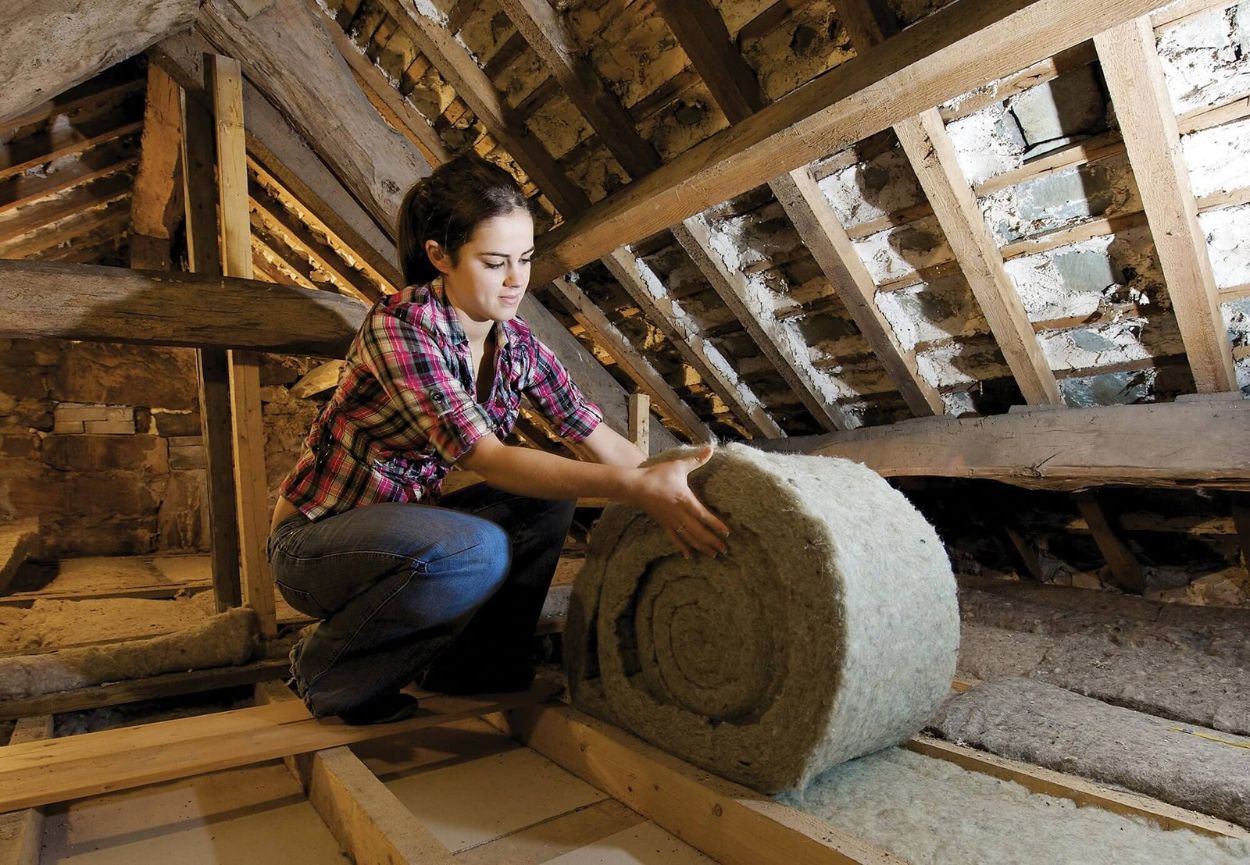

Articles
How Much Warmer Does Insulation Make A House
Modified: January 8, 2024
Learn how insulation can contribute to a warmer home with our informative articles. Discover the benefits and importance of proper insulation for optimal comfort.
(Many of the links in this article redirect to a specific reviewed product. Your purchase of these products through affiliate links helps to generate commission for Storables.com, at no extra cost. Learn more)
Introduction
Welcome to the world of insulation, where a simple material can make a significant impact on the temperature and comfort of your home. Whether you’re living in a cold climate or battling the summer heat, having the right insulation can make all the difference in creating a cozy indoor environment.
Insulation works by reducing the transfer of heat between your home and the outside environment. It acts as a barrier, slowing down the movement of heat through walls, floors, and roofs. In doing so, it helps to maintain a consistent temperature inside your home, reducing the need for excessive heating or cooling which can result in higher energy bills.
Beyond energy efficiency, insulation offers a range of benefits, including improved indoor air quality, noise reduction, and increased durability of your home. It is an investment that pays off in both comfort and cost savings.
There are different types of insulation materials available, each with its own set of characteristics and qualities. The choice of insulation material depends on factors such as climate, building structure, budget, and personal preferences. From traditional options like fiberglass and cellulose to more advanced materials like spray foam and rigid foam, there is insulation to suit every need.
However, it’s important to understand that the performance of insulation materials can vary based on factors like installation quality, thickness, and the presence of any gaps or voids. A properly installed and maintained insulation system will deliver optimal results in terms of energy savings and indoor comfort.
In this article, we will explore the world of insulation in more detail, discussing the different types of insulation materials, the benefits they offer, and the factors that affect their performance. We will also delve into real-life case studies to understand the impact of insulation on house temperature. Finally, we will highlight some common insulation mistakes to avoid.
So, whether you’re a homeowner looking to improve the comfort of your living space or a building professional seeking to enhance the energy efficiency of a project, this article will serve as a comprehensive guide to understanding how insulation works and the impact it can have on making your house warmer and more comfortable.
Key Takeaways:
- Insulation is a versatile solution that not only maintains a comfortable temperature but also enhances energy efficiency, indoor air quality, and property value, making it a valuable investment for any home.
- Proper insulation selection, installation, and maintenance are crucial for maximizing its effectiveness and reaping the full range of benefits it offers, ensuring a cozy, energy-efficient, and sustainable living environment.
Read more: How Much Does Insulation Cost For A House
How Does Insulation Work?
Insulation works by slowing down the transfer of heat between the inside and outside of your home. Heat naturally flows from warmer areas to cooler areas, and insulation acts as a barrier to reduce this heat flow.
Insulation materials are designed to trap air or other gases to limit the movement of heat through conduction, convection, and radiation. Let’s take a closer look at these heat transfer mechanisms:
Conduction: This is the transfer of heat through direct contact between two objects. In the case of insulation, materials with low thermal conductivity are used to inhibit heat transfer. Common insulation materials like fiberglass, mineral wool, and foam effectively slow down the conduction of heat.
Convection: This is the transfer of heat through the movement of fluids or gases. Insulation materials work by trapping air or other gases within their structure, reducing convective heat transfer. These trapped air pockets act as barriers to prevent heat from moving through the material.
Radiation: This is the transfer of heat through electromagnetic waves. Some insulation materials, such as reflective foil or radiant barriers, work by reflecting heat radiation away from the living space.
By addressing these heat transfer mechanisms, insulation helps to maintain a more stable temperature inside your home. In cold climates, insulation prevents heat from escaping, keeping the interior warm. In hot climates, insulation prevents heat from entering, helping to keep your home cool.
The effectiveness of insulation is measured by its thermal resistance, often referred to as the R-value. The higher the R-value, the greater the insulating power of the material. The thickness and density of the insulation play a significant role in determining its R-value.
It’s important to note that insulation is not just limited to walls. It can be installed in various parts of a building, such as roofs, floors, and attics, to provide comprehensive thermal protection.
Now that we understand how insulation works, let’s delve into the numerous benefits it provides.
The Benefits of Insulation
Insulation offers a wide range of benefits that go beyond just keeping your home warm in the winter and cool in the summer. Here are some key advantages of having insulation in your home:
Energy Efficiency: One of the primary benefits of insulation is improved energy efficiency. By reducing heat transfer, insulation helps to maintain a consistent temperature inside your home, reducing the need for excessive heating or cooling. This can result in significant energy savings and lower utility bills.
Enhanced Comfort: Insulation creates a more comfortable living environment by reducing drafts and temperature fluctuations. It helps to keep your home at a comfortable and stable temperature throughout the year, minimizing the need for additional heating or cooling equipment.
Noise Reduction: Insulation also acts as a sound barrier, reducing the transfer of noise from outside. This can be particularly beneficial if you live in a noisy neighborhood or near a busy road. Insulation helps to create a peaceful and quiet indoor environment.
Improved Indoor Air Quality: Insulation can help improve indoor air quality by acting as a barrier against pollutants and allergens from outside. It prevents dust, pollen, and other particles from entering your home, creating a healthier living environment, especially for those with respiratory conditions.
Moisture Control: Insulation can also help control moisture levels in your home. It can prevent moisture from seeping through walls, ceilings, and floors, reducing the risk of mold and mildew growth. Proper insulation can help maintain a dry and healthy living environment.
Reduced Carbon Footprint: By reducing your dependence on heating and cooling systems, insulation helps to minimize your carbon footprint. It reduces the amount of energy required to maintain a comfortable temperature in your home, contributing to a more sustainable and environmentally friendly lifestyle.
Increased Property Value: Installing insulation can increase the value of your home. Energy-efficient homes that are well-insulated are highly sought after by buyers, as they offer long-term cost savings and comfort. Insulation is considered a wise investment for homeowners looking to improve their property value.
Durability and Protection: Insulation offers an added layer of protection to your home’s structure. It helps to minimize heat loss or gain, reducing the strain on your building’s heating and cooling systems. This can extend their lifespan and reduce the need for frequent repairs or replacements.
With all these benefits, it’s clear that insulation is an essential component of any home or building. It not only improves energy efficiency and reduces costs but also enhances comfort, indoor air quality, and overall well-being.
Now, let’s explore the different types of insulation materials available.
Types of Insulation Materials
When it comes to insulation, there is a wide range of materials to choose from, each with its unique properties and benefits. Here are some of the most common types of insulation materials:
Fiberglass: Fiberglass insulation is made from tiny glass fibers that are spun and compressed into batts or blown-in loose fill. It is one of the most widely used and cost-effective insulation materials. Fiberglass insulation is non-combustible, resistant to moisture, and provides good thermal performance.
Mineral Wool: Mineral wool insulation is made from natural or synthetic materials, including rock and slag fibers. It is available in batts, blankets, and loose-fill forms. Mineral wool insulation offers excellent fire resistance, sound-absorbing properties, and resistance to moisture, pests, and mold.
Cellulose: Cellulose insulation is made from recycled paper products, usually treated with fire retardants. It is commonly used as blown-in loose fill insulation. Cellulose insulation is environmentally friendly, provides good thermal and sound insulation, and is resistant to pests.
Spray Foam: Spray foam insulation is a two-component liquid that expands and hardens into a solid foam when applied. It can be used in various forms, including open-cell and closed-cell. Spray foam insulation provides an excellent air barrier, high R-value, and fills gaps and cracks effectively.
Rigid Foam: Rigid foam insulation, also known as foam board, is made from polystyrene, polyurethane, or polyisocyanurate. It comes in panels or sheets and offers high thermal resistance. Rigid foam insulation is lightweight, moisture-resistant, and provides good insulation for exterior walls, roofs, and foundations.
Reflective Foil: Reflective foil insulation consists of a layer of aluminum foil laminated onto a substrate material. It reflects radiant heat away from the living space, making it ideal for hot climates. Reflective foil insulation is commonly used in attics, roofs, and walls.
Natural Fibers: Insulation materials made from natural fibers, such as cotton, wool, and hemp, are gaining popularity due to their eco-friendly and renewable characteristics. These materials provide good thermal insulation, sound absorption, and moisture control properties.
Each insulation material has its advantages and suitability for different applications. The choice of insulation material depends on factors such as climate, budget, location, and personal preferences. Consulting with a professional can help you determine the most suitable insulation material for your specific needs.
Now that we’ve explored the types of insulation materials available, let’s move on to understanding the factors that affect insulation performance.
Factors Affecting Insulation Performance
While insulation is crucial for maintaining a comfortable and energy-efficient home, its performance can be influenced by several factors. Understanding these factors can help ensure that your insulation provides optimal results. Here are the key factors that affect insulation performance:
Installation Quality: Perhaps the most critical factor is the quality of installation. Improper installation can lead to gaps, voids, and compression of insulation, which compromises its effectiveness. It is essential to hire experienced professionals or follow installation guidelines carefully to ensure proper coverage and airtightness.
Thickness and R-Value: The thickness and corresponding R-value of the insulation material play a significant role in its performance. Insulation with higher R-values has greater insulating power. It’s important to choose the appropriate thickness and R-value for your climate and building requirements to achieve optimal energy efficiency.
Air Leakage: Air leakage can significantly impact insulation performance. Any gaps, cracks, or openings in the building envelope can allow air to infiltrate or escape, reducing the effectiveness of insulation. Proper air sealing measures, such as sealing gaps and using weatherstripping around windows and doors, are crucial to prevent air leakage.
Moisture Control: Moisture can impact the performance and longevity of insulation. Excessive moisture can reduce the thermal resistance of insulation and promote mold or microbial growth. Vapor barriers and proper ventilation are essential to control moisture and maintain insulation effectiveness.
Thermal Bridging: Thermal bridging occurs when there are areas of increased heat transfer through materials with higher thermal conductivity, such as studs or beams. Insulation can be interrupted at these thermal bridges, reducing its overall performance. To minimize thermal bridging, techniques such as adding insulation around framing elements or using continuous insulation can be employed.
Location and Orientation: The location and orientation of the insulation within the building can impact its performance. For example, in colder climates, it’s crucial to insulate the attic and roof properly to prevent heat loss. Understanding the specific requirements for different areas of your home can help you optimize insulation performance.
Maintenance and Upkeep: Ensuring that insulation is well-maintained is essential for its long-term performance. Regular inspections can identify any damage, settling, or displacement of insulation, allowing for timely repairs or replacements. This ongoing maintenance will help to ensure that the insulation continues to provide optimal insulation and energy efficiency.
By considering these factors and implementing proper installation and maintenance practices, you can maximize the effectiveness of your insulation and enjoy the full range of benefits it provides.
Next, we will explore how to calculate the increase in house temperature with insulation.
Insulating your house can make it 10-20% warmer by reducing heat loss. Proper insulation in the walls, attic, and floors can significantly improve the comfort and energy efficiency of your home.
Calculating the Increase in House Temperature with Insulation
Installing insulation in your home can have a significant impact on increasing the overall temperature and comfort levels. To understand the potential increase in house temperature with insulation, several factors need to be considered. Here’s how you can calculate the impact of insulation on house temperature:
1. Determine the Current Insulation Level: Assess the existing insulation in your home, including the type of insulation material and its thickness. If there is no insulation present, consider it as “zero” insulation for the calculation.
2. Calculate the Current U-value: The U-value measures the rate of heat transfer through a material or assembly. It is the reciprocal of the R-value. The lower the U-value, the better the insulation. If you have the R-value of the existing insulation, divide 1 by the R-value to obtain the current U-value.
3. Determine the Desired U-value: Research the recommended or desired U-value for your climate and building type. This value may vary based on local building codes and energy efficiency standards. The desired U-value represents the efficiency you want to achieve with additional insulation.
4. Calculate the Difference in U-value: Subtract the current U-value from the desired U-value to determine the difference in insulation efficiency. This represents the improvement you seek to achieve by adding insulation.
5. Use Climate Data: Consider the climate conditions in your region, including average temperatures and heating/cooling degree days. This data helps to understand the heating or cooling load on your home and how insulation can impact it.
6. Factors affecting Heating/Cooling Load: Take into account other factors that affect the heating or cooling load, such as the size and orientation of windows, the efficiency of HVAC systems, and the level of air leakage in your home. These factors can influence the overall temperature gain or loss despite insulation improvements.
7. Consult an Energy Professional: For a more accurate calculation and assessment, consult with an energy professional or utilize online tools and calculators. These resources consider various parameters specific to your home and location to estimate the increase in house temperature with insulation.
Keep in mind that calculating the exact increase in house temperature with insulation can be challenging due to the numerous variables involved. However, it is generally accepted that adding insulation can improve the indoor temperature by reducing heat loss or gain, resulting in a more comfortable living environment.
Remember, the overall impact of insulation on house temperature is influenced by factors such as insulation quality, air sealing, and HVAC system efficiency. It’s best to consult with professionals who can provide a more accurate assessment based on your specific circumstances.
Now, let’s explore real-life case studies to understand the actual impact of insulation on house temperature.
Case Studies: Real-Life Examples
Real-life case studies can provide valuable insights into the impact of insulation on house temperature and energy efficiency. Let’s explore a couple of examples:
Case Study 1: John’s Winter Wonderland
John lives in a cold climate, where harsh winters are the norm. His home was poorly insulated, resulting in high heating bills and discomfort during the winter months. Determined to improve his living conditions, John decided to invest in insulating his home. He added fiberglass insulation in the attic and walls, ensuring proper coverage and sealing any air leaks.
The results were remarkable. With the additional insulation, John noticed a significant increase in house temperature during the winter. The insulation prevented heat loss, making the interior much warmer and cozier. He also experienced a noticeable reduction in his heating bills, as the heating system didn’t need to work as hard to maintain a comfortable temperature.
Case Study 2: Lisa’s Cool Oasis
Lisa lives in a hot and humid climate, where summers can be unbearable without proper insulation. Her home was quick to heat up, and the air conditioning struggled to keep up with the demand, resulting in high energy bills. Determined to create a cool oasis, she decided to upgrade her insulation.
Lisa opted for spray foam insulation, which provided excellent thermal resistance and air sealing properties. The difference was remarkable. The insulation effectively kept the heat out, resulting in a significantly cooler interior. The air conditioning system operated more efficiently and delivered consistent comfort throughout the home. Lisa was delighted to see a significant reduction in her energy bills as well.
These case studies highlight the positive impact insulation can have on house temperature and energy efficiency. Whether in cold or hot climates, insulation plays a crucial role in maintaining a comfortable indoor environment while reducing energy consumption.
Remember, the specific results may vary depending on factors such as insulation material, installation quality, and individual home characteristics. It’s advisable to consult with professionals to assess your specific situation and determine the best insulation solutions for your needs.
Now, let’s discuss some common insulation mistakes to avoid.
Common Insulation Mistakes to Avoid
Insulation is a valuable investment that can greatly enhance the comfort and energy efficiency of your home. However, there are some common mistakes that homeowners should avoid when installing or upgrading insulation. By being aware of these mistakes, you can ensure that your insulation performs optimally. Here are some common insulation mistakes to avoid:
1. Insufficient Insulation: One of the most common mistakes is installing insufficient insulation. Inadequate insulation will not provide the desired thermal resistance and will result in decreased energy efficiency. It’s important to investigate the recommended insulation levels for your climate and ensure proper coverage throughout your home.
2. Poor Air Sealing: Insulation works in conjunction with proper air sealing to provide optimal energy efficiency. Failing to seal air leaks can allow for drafts and heat transfer, undermining the effectiveness of insulation. Addressing gaps, cracks, and openings in the building envelope is crucial to prevent air infiltration or escape.
3. Compression of Insulation: Improper installation can lead to the compression of insulation material, reducing its effectiveness. Overcompacting insulation can diminish its ability to trap air, resulting in lower thermal resistance. It’s essential to follow manufacturer guidelines and ensure that insulation is installed correctly, maintaining its intended thickness and loft.
4. Ignoring Ventilation: Adequate ventilation is essential for a healthy home environment, and insulation can impact airflow if not considered. Blocking vents with insulation or creating airtight seals without proper ventilation can lead to moisture buildup and potential issues like mold growth. It is important to address ventilation requirements when planning insulation installation.
5. Inadequate Moisture Control: Moisture can compromise the performance and lifespan of insulation. Failing to address moisture issues before installing insulation can lead to issues like mold, rot, or reduced thermal efficiency. Proper moisture control through measures like vapor barriers, adequate drainage, and adequate ventilation is crucial to preserve insulation effectiveness.
6. DIY Installation without Proper Knowledge or Skills: While DIY projects can be rewarding, insulation installation requires expertise and careful attention to detail. Inadequate knowledge or poor installation practices can lead to mistakes that compromise insulation performance. Consider consulting with professionals who can provide guidance or hire experienced contractors for insulation installation.
7. Neglecting Regular Maintenance: Insulation requires regular maintenance to ensure its long-term effectiveness. Over time, insulation can settle, become damaged, or develop gaps. It’s important to regularly inspect insulation, especially in attics and crawl spaces, to identify any issues and address them promptly.
By avoiding these common mistakes, you can ensure that your insulation functions as intended, providing optimal energy efficiency and comfort for your home.
Now, let’s wrap up our discussion.
Conclusion
Insulation plays a vital role in creating a comfortable and energy-efficient home. It reduces heat transfer, maintains stable temperatures, and offers a range of benefits, including improved indoor air quality, noise reduction, and increased property value. By understanding how insulation works and avoiding common mistakes, you can maximize its effectiveness and enjoy the full range of advantages it provides.
When it comes to insulation, there are various materials to choose from, such as fiberglass, mineral wool, cellulose, spray foam, rigid foam, reflective foil, and natural fibers. The choice of insulation material depends on factors like climate, budget, and personal preferences. Each material has unique properties and benefits, but all work towards the common goal of reducing heat transfer.
It’s crucial to consider factors that affect insulation performance, such as installation quality, thickness, air leakage, moisture control, and thermal bridging. Proper installation, maintenance, and addressing these factors ensure optimal insulation effectiveness.
While it may be challenging to calculate the exact increase in house temperature with insulation, real-life case studies demonstrate the positive impact insulation can have on comfort and energy efficiency. Insulation helps create a warm and cozy space during cold winters and keeps homes cool in hot climates.
By avoiding common insulation mistakes, such as insufficient insulation, poor air sealing, compression of insulation, ignoring ventilation, inadequate moisture control, DIY installation without proper knowledge, and neglecting regular maintenance, you can ensure that your insulation performs optimally.
Remember, when it comes to insulation, it’s best to consult with professionals who can provide expert advice and guidance tailored to your specific needs. They can help you assess your home, recommend the most suitable insulation options, and ensure proper installation for maximum effectiveness.
Whether you’re a homeowner looking to improve energy efficiency or a building professional seeking to enhance insulation performance, understanding insulation and its benefits is essential. With the right insulation, you can create a comfortable, energy-efficient, and sustainable living environment for years to come.
Frequently Asked Questions about How Much Warmer Does Insulation Make A House
Was this page helpful?
At Storables.com, we guarantee accurate and reliable information. Our content, validated by Expert Board Contributors, is crafted following stringent Editorial Policies. We're committed to providing you with well-researched, expert-backed insights for all your informational needs.
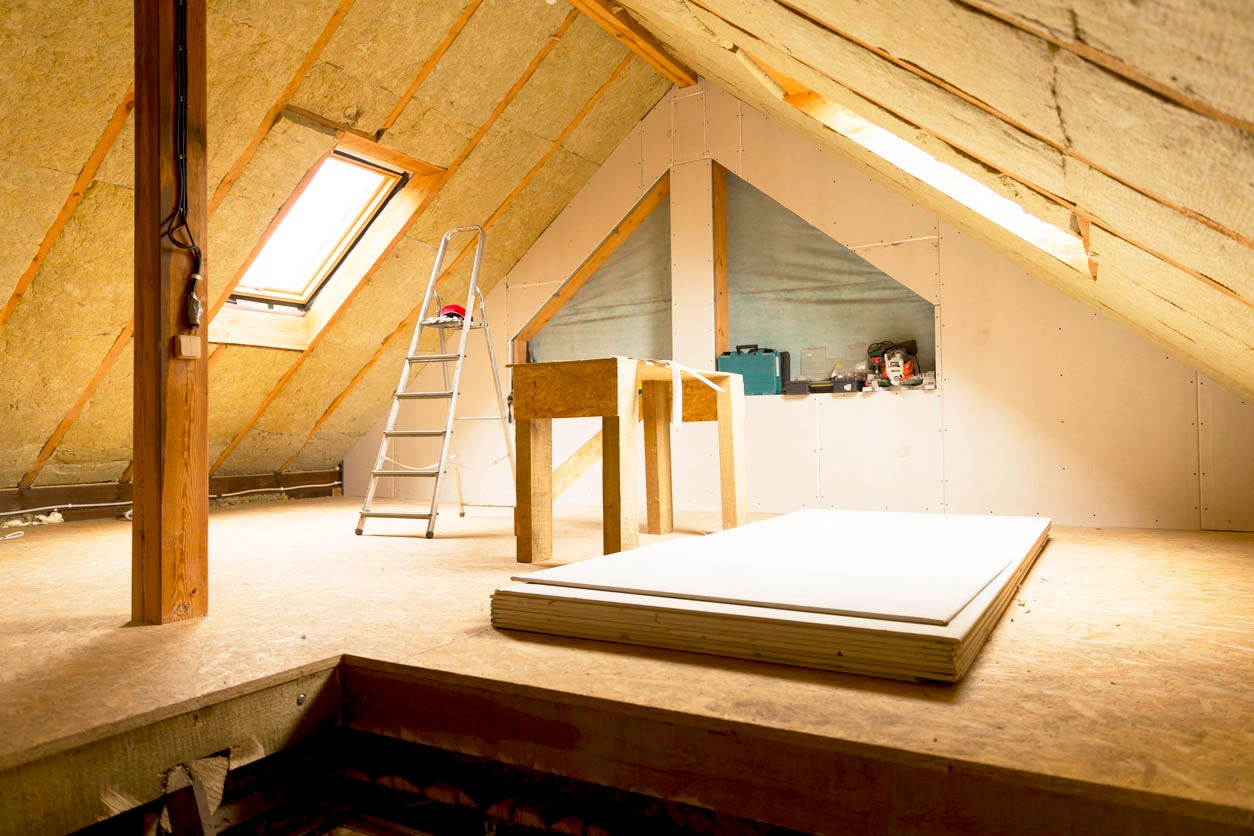
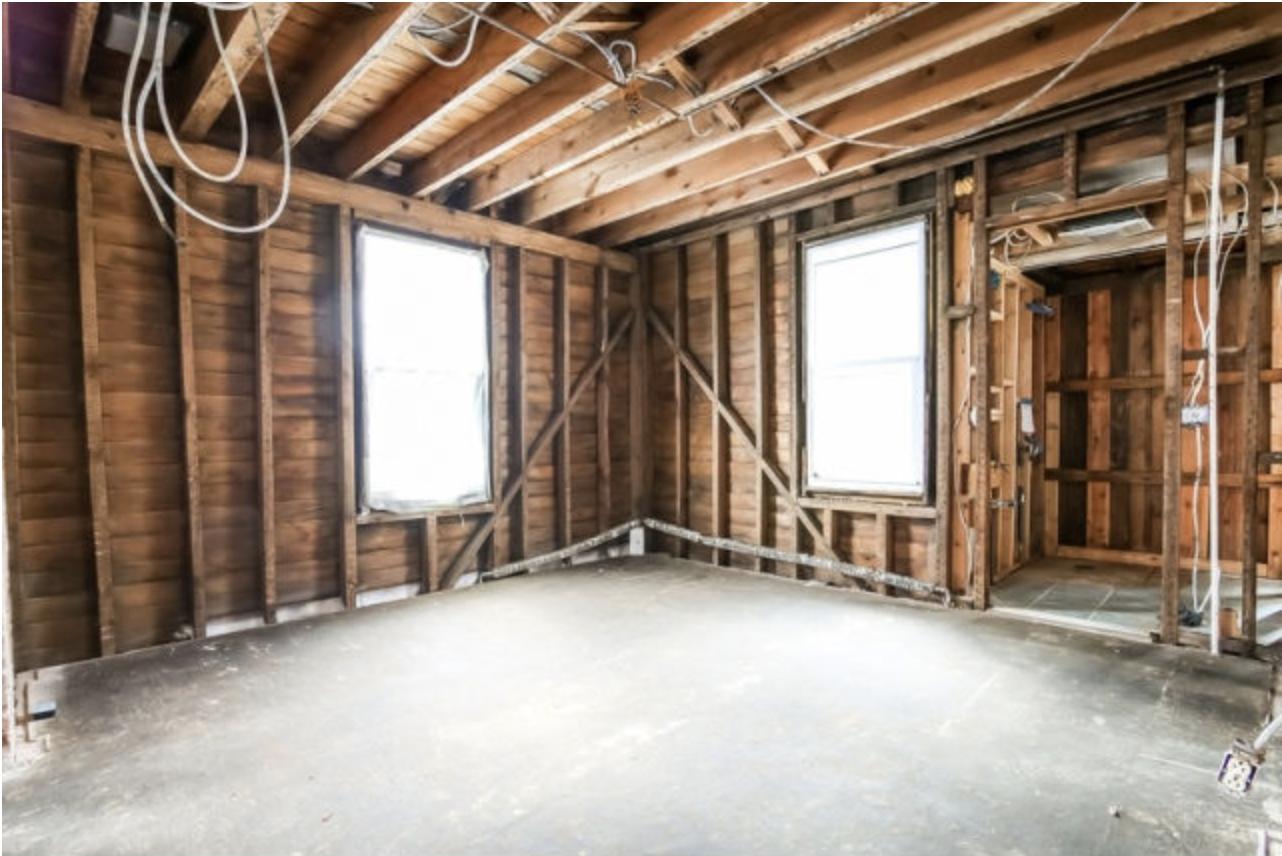
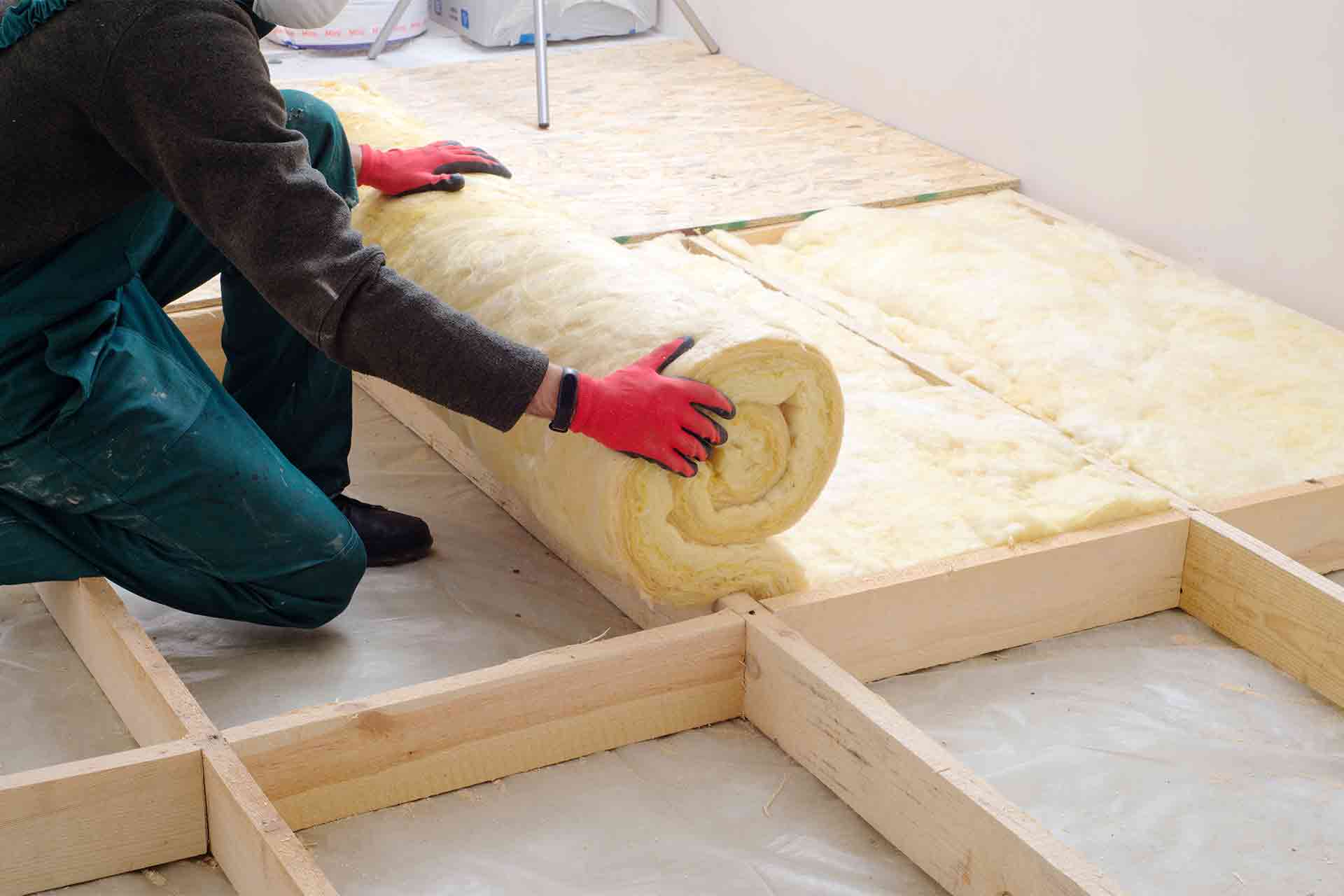
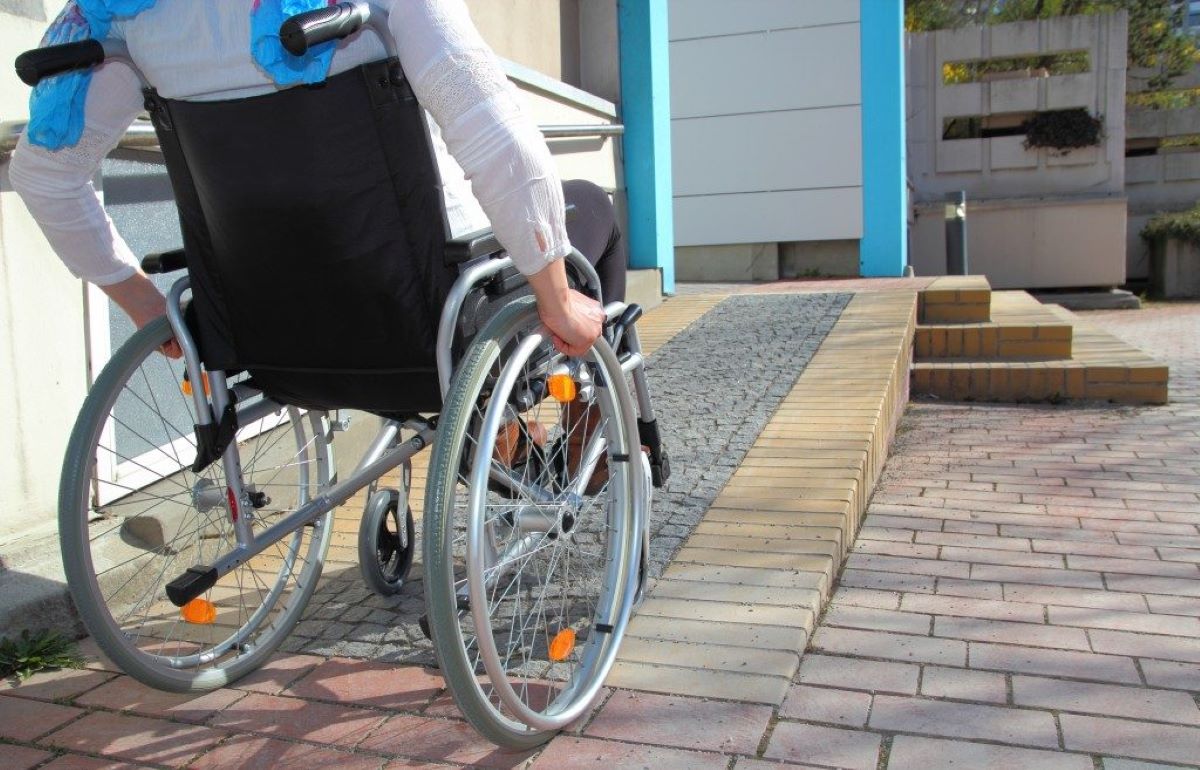
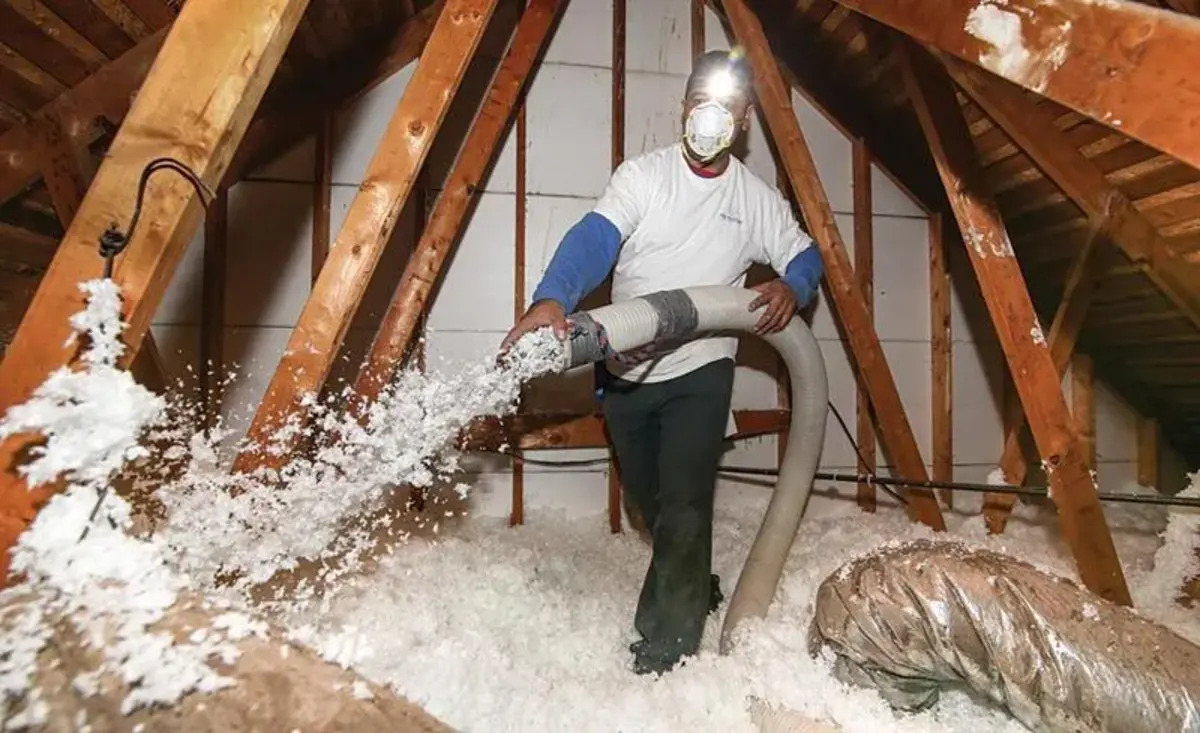
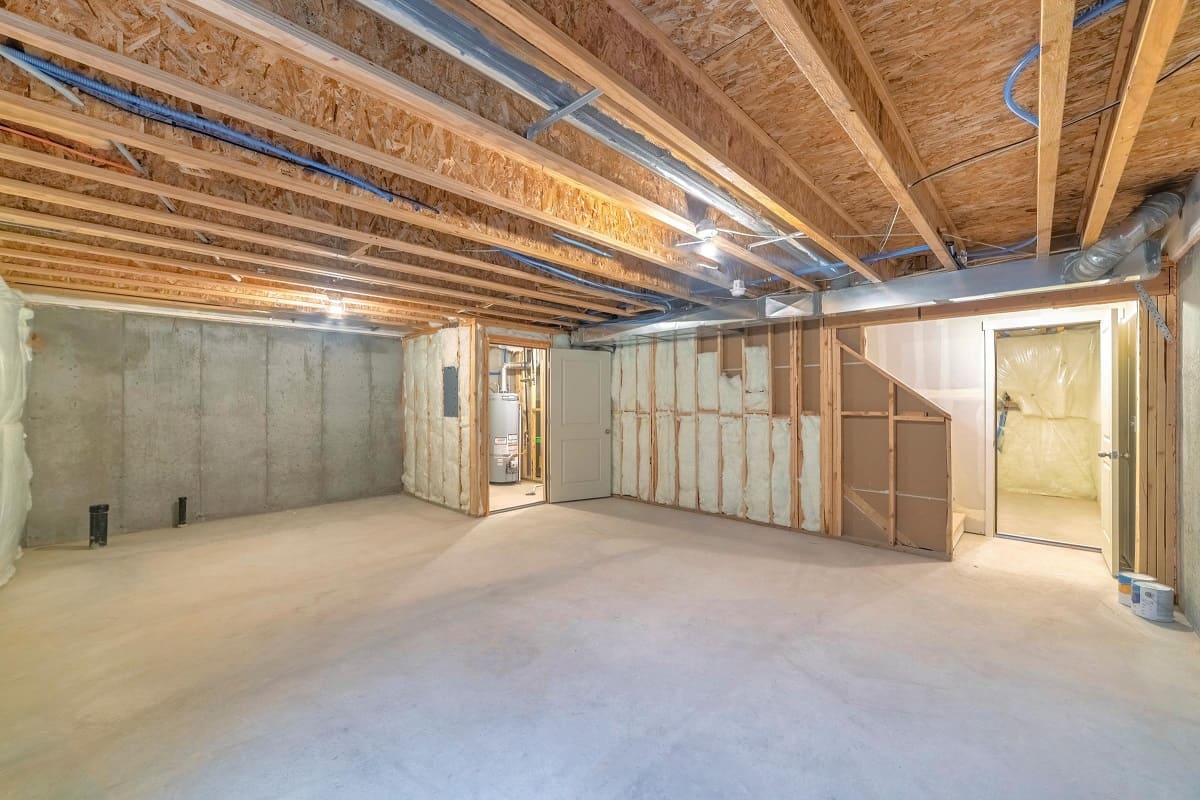
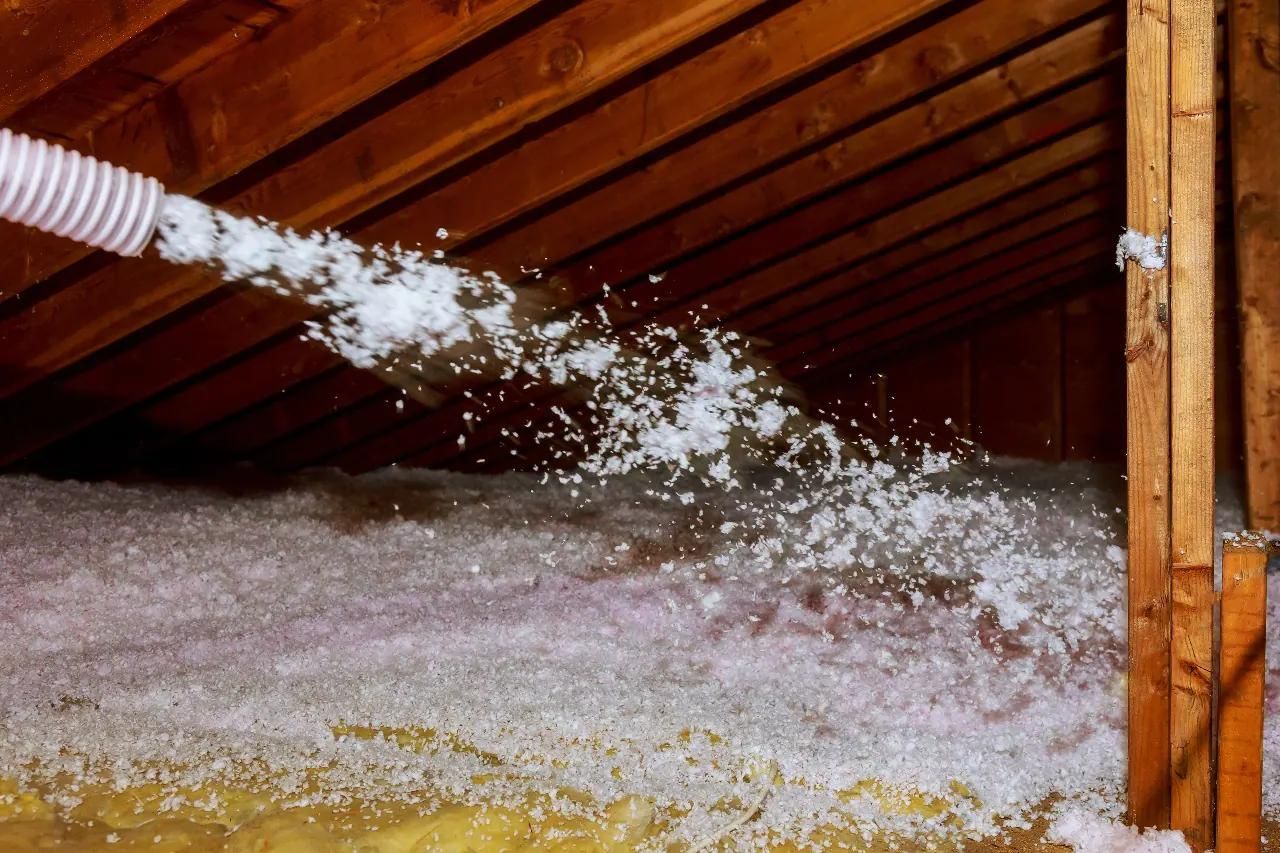

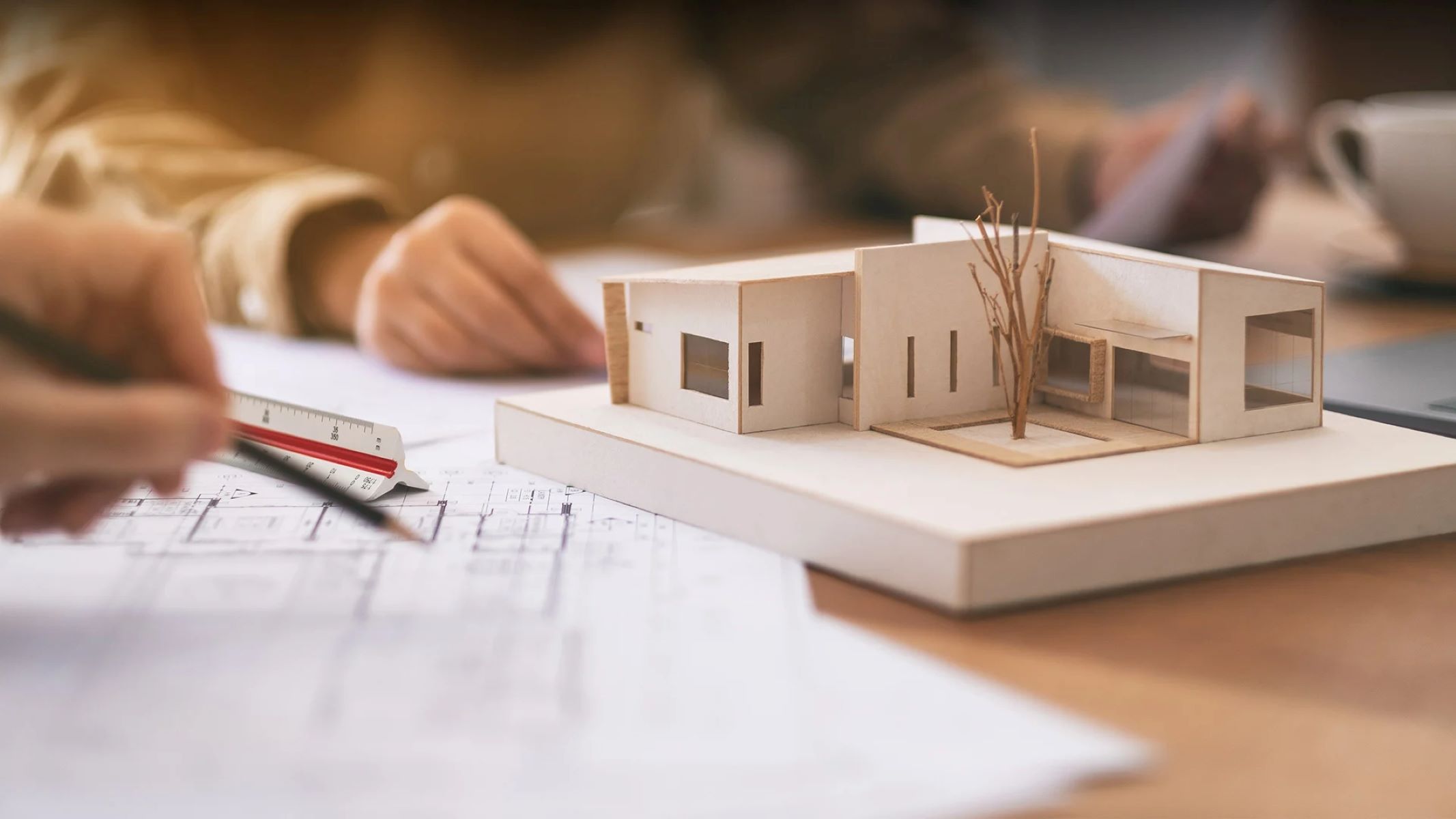
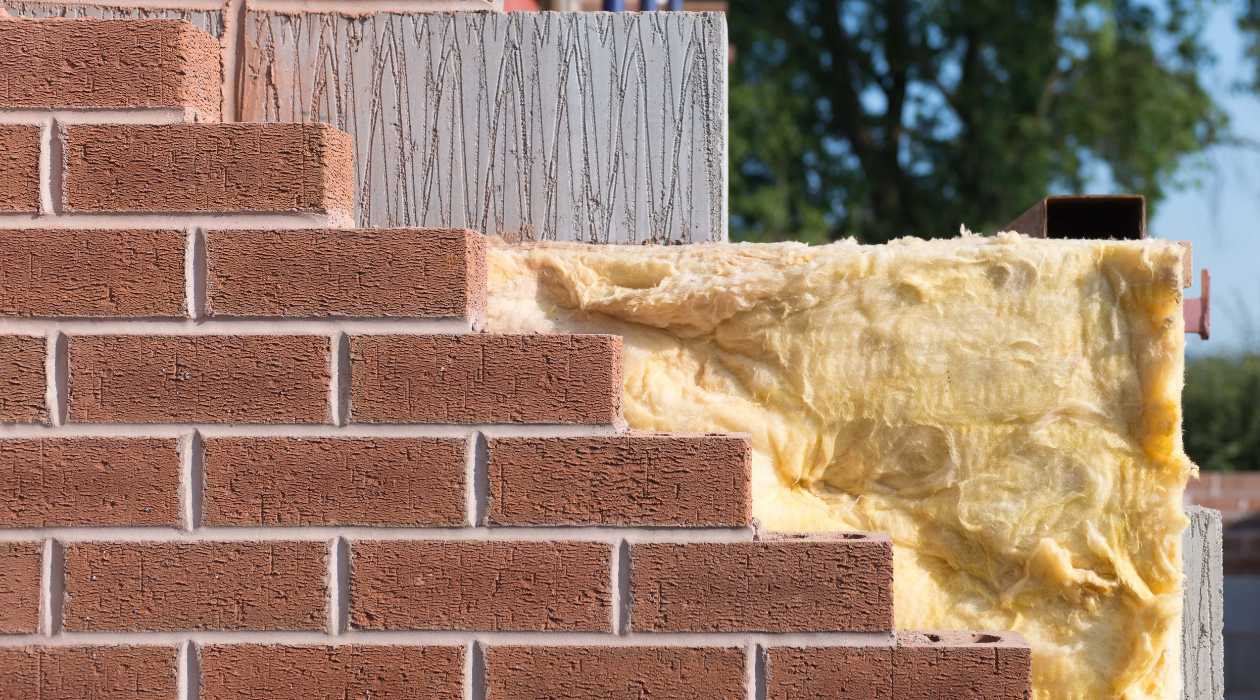
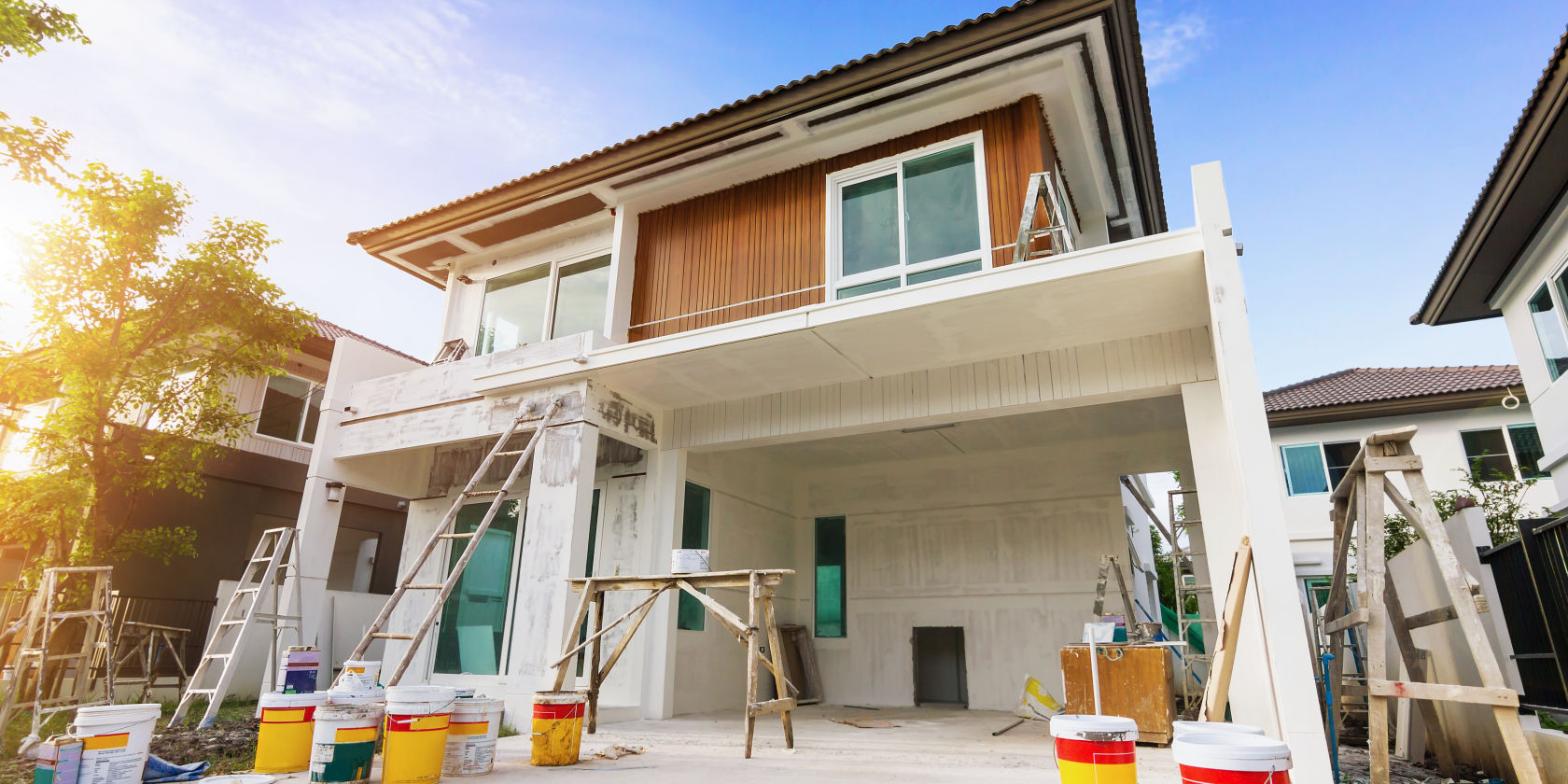
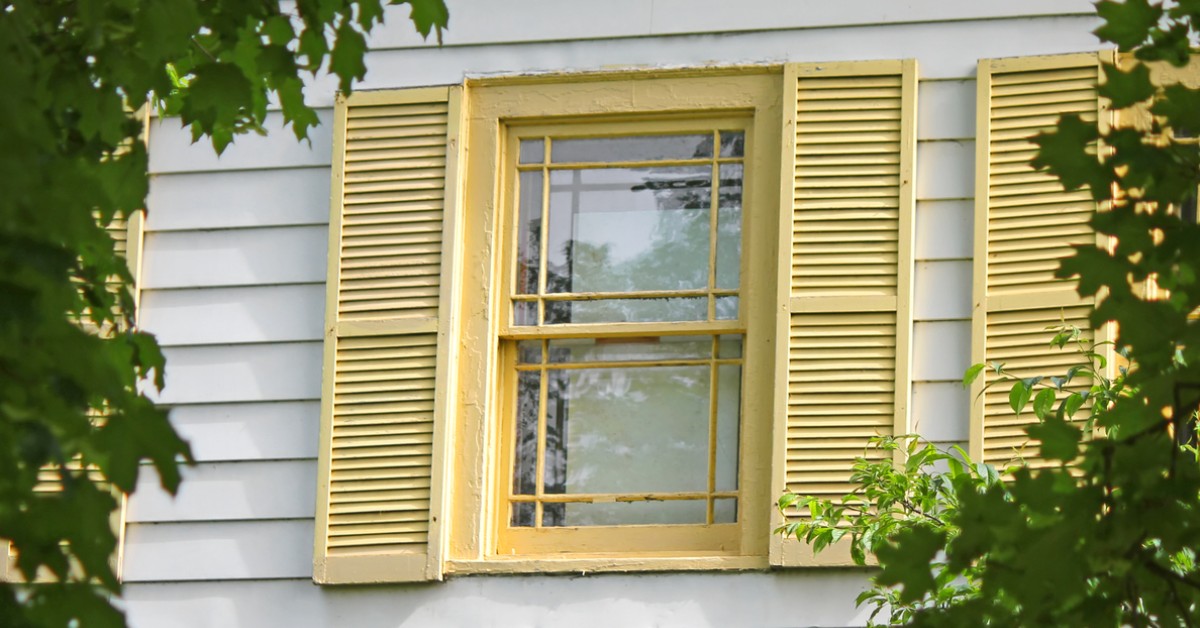
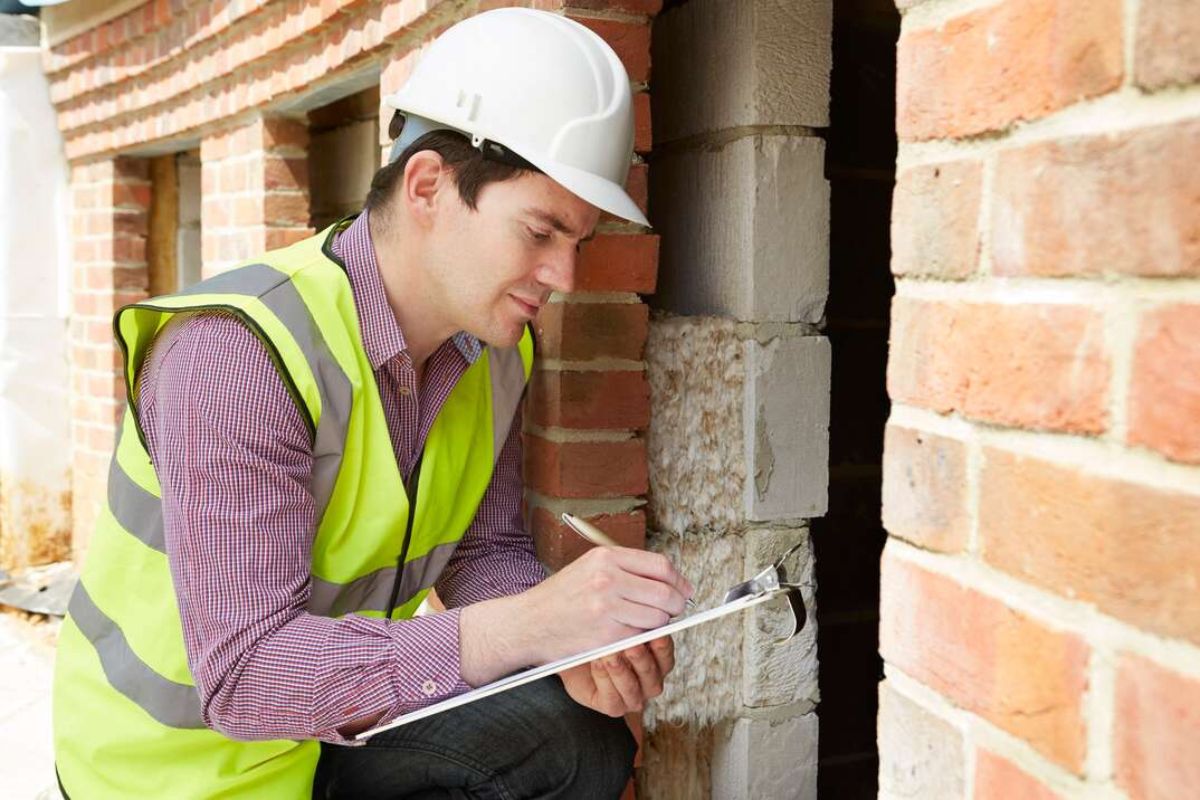
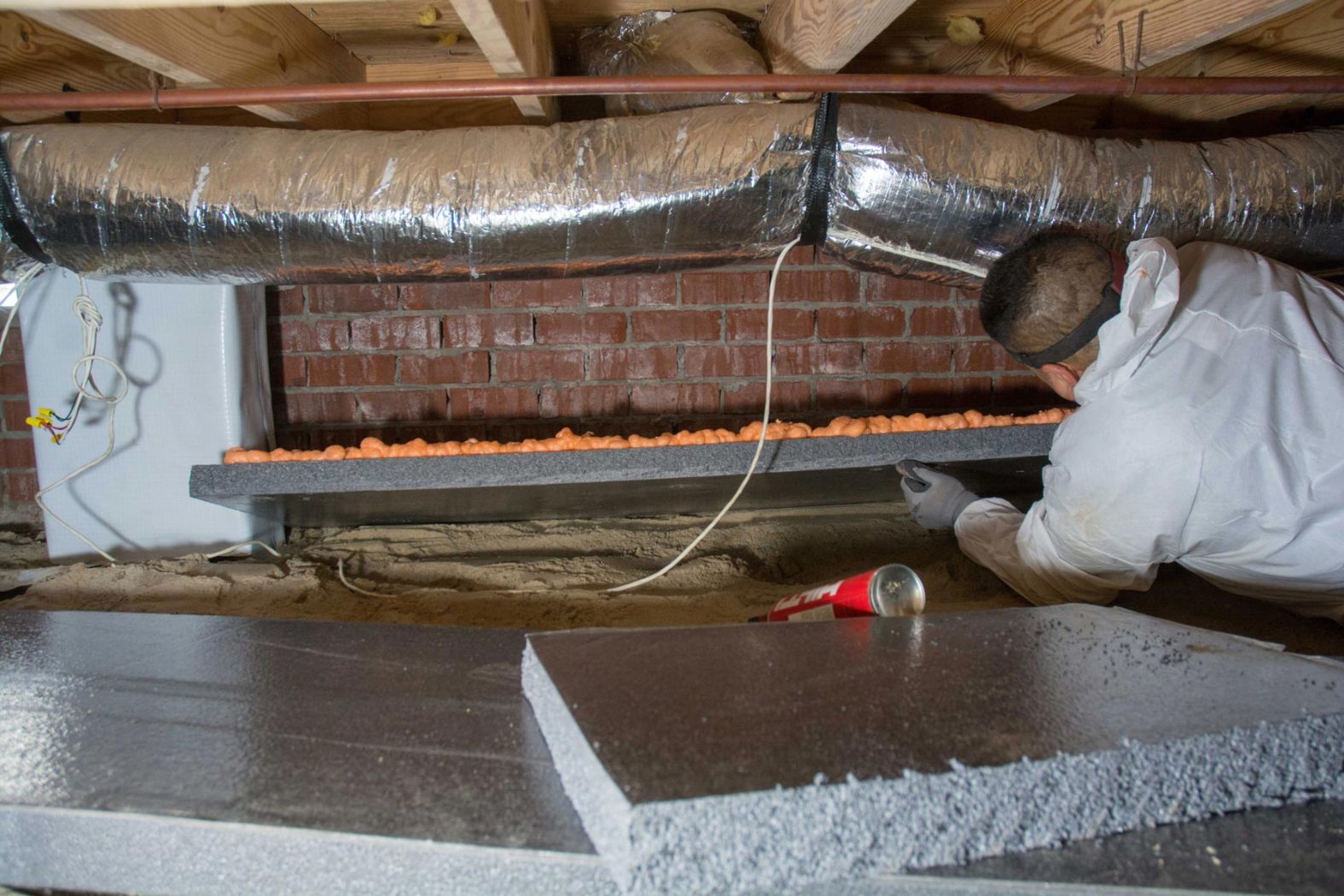

0 thoughts on “How Much Warmer Does Insulation Make A House”